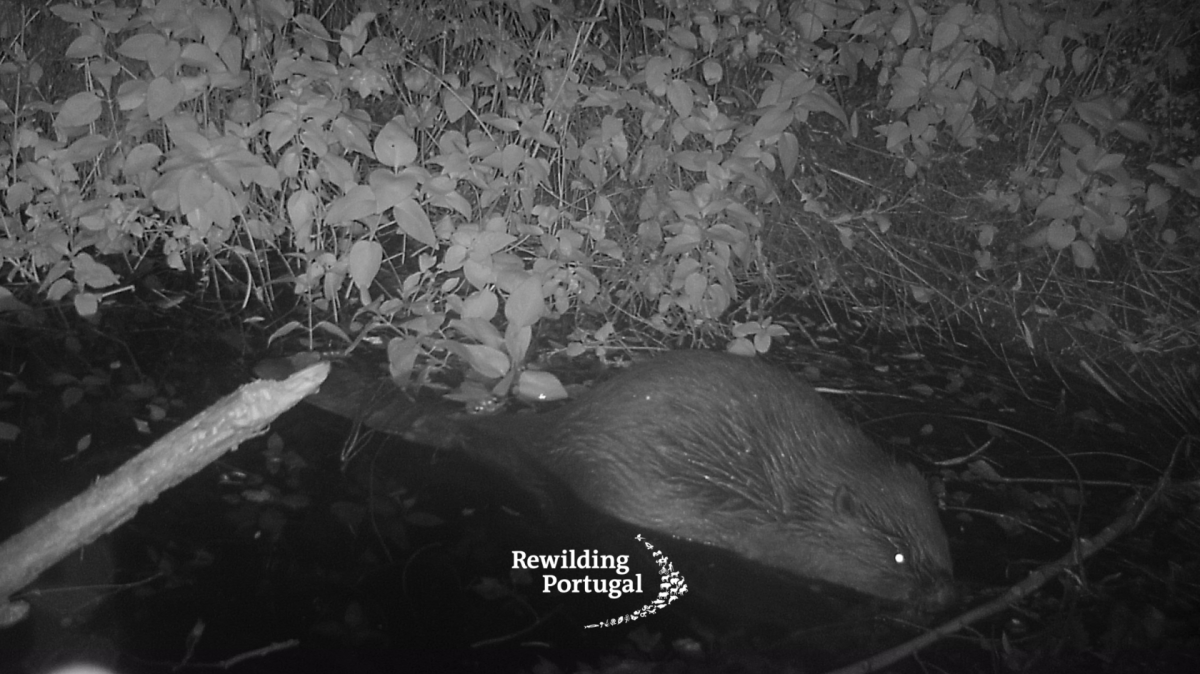To understand more about this, Notícias ao Minuto spoke with the Institute for Nature Conservation and Forests (ICNF) to better understand the situation.
The ICNF explained that "reptiles have always existed in urban areas, as there is a continuous flow of species between peri-urban areas, more or less naturalized, and urban areas."
Furthermore, they added, "the naturalization of urban environments, mainly through the promotion of green spaces, is conducive to this flow, which is not limited to reptiles, but encompasses species from various groups."
In the case of snakes, "there may be more or less favourable weather conditions for their reproduction, which can create the illusion of an increase in the number of animals."
"These phenomena are cyclical, conditioned by weather conditions, since these animals cannot regulate their body temperature, being influenced by the ambient temperature," the ICNF told Notícias ao Minuto.
The most common species outside their natural habitat are the Montpellier snake, the ladder snake, and the horseshoe snake, which are also "the most common species in the wild."
Of these, the Montpellier snake is venomous, but "because its venomous teeth (fangs) are located at the back of its jaw, when it bites it uses its normal teeth, injecting venom only when it is swallowing its prey." Therefore, "it is not dangerous to humans, since any bites only involve the teeth at the front of the jaw."
According to the ICNF, the "great majority of bites" are a "defensive reaction on the part of the animals" when people interact with snakes. "In general, reptiles, and snakes in particular, are shy animals and avoid approaching humans, always preferring to flee," he explained.
Therefore, when you see a reptile in an urban environment, "you should not interact with the animal, but rather let it go its own way and not try to step on, grab, or corner it."















